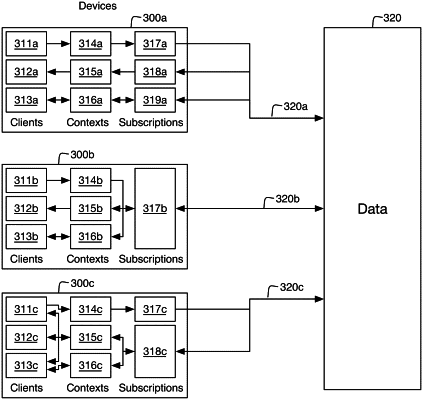| CPC G06F 1/3231 (2013.01) [G06F 1/3212 (2013.01); G06F 1/3296 (2013.01); G06F 11/3051 (2013.01); G06F 11/3058 (2013.01); G06F 11/3438 (2013.01); G06F 16/2358 (2019.01)] | 20 Claims |

|
1. A method of reducing power consumption in an electronic device, the method performed by one or more processors of the electronic device and comprising:
analyzing device usage data associated with the device to predict an extended period of user inactivity, the usage data including synchronized context information from one or more remote devices associated with a user of the device; and
entering an enhanced reduced power state by implementing one or more power saving optimizations for at least a portion of the predicted period of extended user inactivity, the one or more power saving optimizations slowing, delaying, or interrupting one or more normal activities normally performed by the device.
|